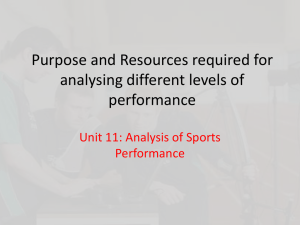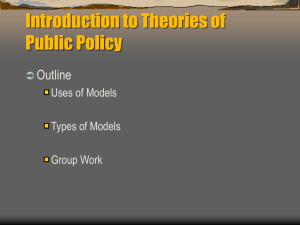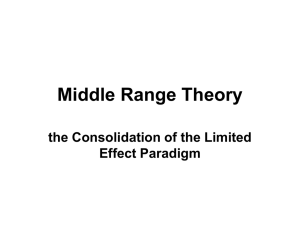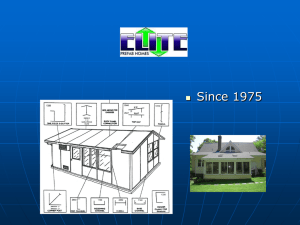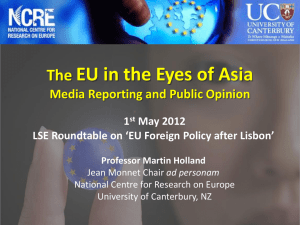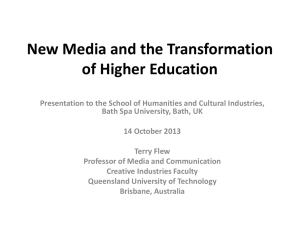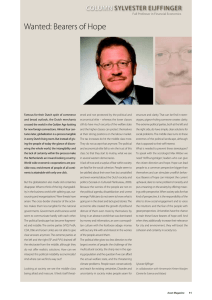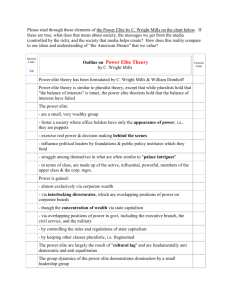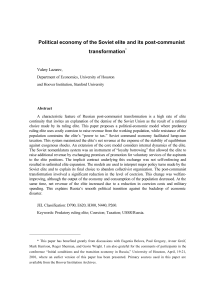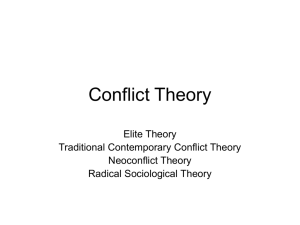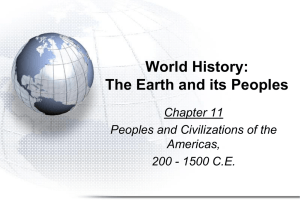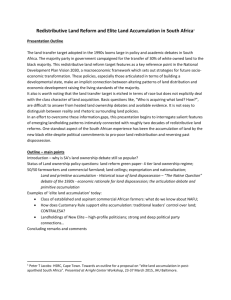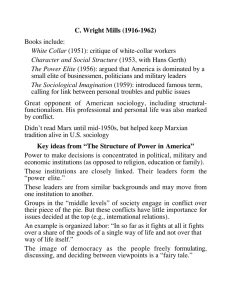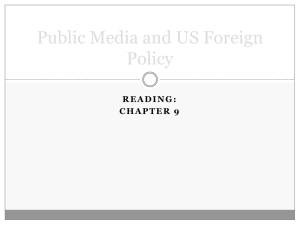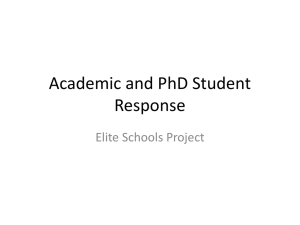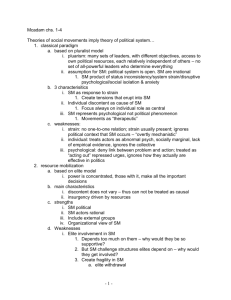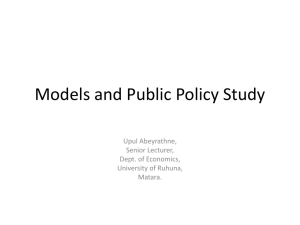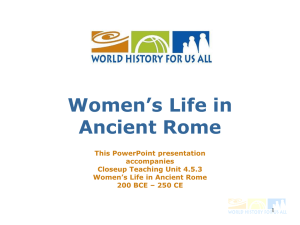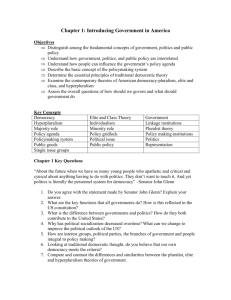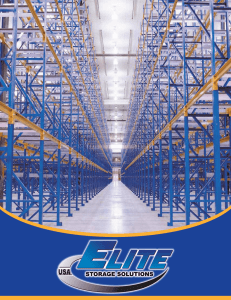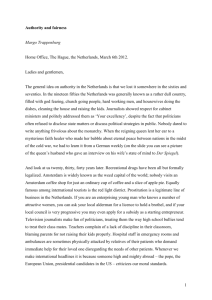LESSON 6 PAD190
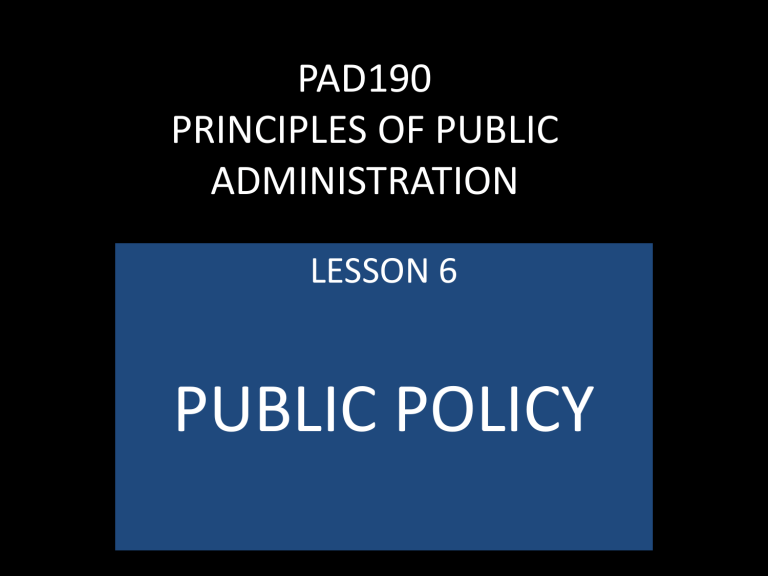
PAD190
PRINCIPLES OF PUBLIC
ADMINISTRATION
LESSON 6
PUBLIC POLICY
INTRODUCTION
PUBLIC POLICY IS ONE OF THE IMPORTANCE
INSTRUMENTS IN PUBLIC ADMINISTRATION THAT
APPLIED TO ACTIVITIES OF GOVERNMENTAL
ADMINISTRATION, MANAGEMENT AND
OPERATION. THE STUDY OF PUBLIC POLICY
FOCUSES ON THE THEORY, PROCESS AND ITS
APPLICATION ON PUBLIC ADMINISTRATION
PRACTICES.
THE OBJECTIVES OF THIS LESSON
After attended this lecture student should be able to:-
1. Define public policy.
2. Describe the process of policy-making.
3. Explain public policy making models.
4. Understand the applications of public policy in Malaysian public administration.
WHAT IS PUBLIC POLICY?
• Public policy can be generally defined as the course of action or inaction taken by governmental entities (the decisions of government) with regard to a particular issue or set of issues.
• Public policy refers to a fixed plan and pattern of behaviour by a government toward an issue confronting it.
• a system of courses of action, regulatory measures, laws, and funding priorities concerning a given topic promulgated by a governmental entity or its representatives.
Public policy incorporates objectives and strategies that address a number of social concerns and issues
• EDUCATION POLICY – concern with education service and its delivery
• HEALTH POLICY – concern with health and strategies to improve health services.
• NEW ECONOMIC POLICY – concern with long term and short term development plan and its implementation.
• NATIONAL BUDGET – concern with planning of national income and expenditure.
THE CONTENT OF PUBLIC POLICY
• ISSUE – the concern of the government
• OBJECTIVE – aims or goals of the policy
• STRATGIES – how to achieve the goals
• PROGRAMMES – a particular activities that going to be implemented
• FINANCE – cost incurred of achieving the objectives
NATIONAL ECONOMIC POLICY
(NEP)
• ISSUE – POVERTY AND DIFFERENCE IN
ECONOMIC STATUS RURAL VS URBAN
• OBJECTIVES – IMPROVING OPPORTUNITIES
AND INCREASE INCOME
• STARTEGIES – ERADICATION OF POVERTY
AMONG POOR PEOPLE, RESTRUCTURING
MALAYSIAN SOCIETY
• PROGRAMMES - FELDA
TYPES OF PUBLIC POLICY
• REGULATORY POLICY – to monitor and control activities
• DISTRIBUTIVE POLICY – to subsidies or give aid to society eg: poverty policy
• REDISTRIBUTIVE POLICY – Restructuring economy and wealth among society
• SECURITY POLICY – maintaining peace and stability
WHO MAKES PUBLIC POLICY?
• The process of formulating public policy comprises political and non-political (NGO) groups, administrative, legal and parliamentary components.
• Every components have their own roles in ensuring their interests are fulfill.
• Federal public service institutions play a leading role in the formulation of public policies. These institutions include such as Central agencies,
Ministries and department.
ACTORS IN PUBLIC POLICY MAKING
POLITICIANS • WITHIN AND OUTSIDE
THE GOVERNMENT
CIVIL
SERVANTS
• POLICY MAKERS
• POLICY IMPLEMENTERS
PUBLIC
• MASS MEDIA
• INDIVIDUAL OR
COLLECTIVE WATCHDOGS
POLICY PROCESS
• POLICY FORMULATION
• POLICY IMPLEMENTATION
• POLICY EVALUATION
• POLICY REVIEW
PUBLIC POLICY MAKING MODELS
• Elite Model – policy making is the domination of elite group
• Incremental Model – New policy is an advancement of current policy
• Group Model – policy is a group initiatives through bargaining process between policy makers and the group
• System Model – policy is the product of political system
• Rational Model – policy is the result of rational thinking
• Institutional Model -
ELITE MODEL (Thomas R. Dye
HEIRARCY OF
POWER
Power power power
RULING
ELITES
PUBLIC
SERVANTS
PUBLIC
HIERARCHY OF
SOCIETY
THE CHARACTERISTICS OF ELITE
MODEL
• Elite is the dominant group.
• Public are passive/apathetic.
• Elite opinion become a novel value
• Policy is an elite decision.
• Policy is directed towards elite interest.
• The survival of elite depend on public support.
INCREMENTAL MODEL (Charles E.
Lindblom)
POLICY 5 POLICY 6
POLICY 4
POLICY 3
POLICY 2
THE CHARACTERISTICS OF
INVREMENTAL MODEL
• Policy making is a continues process
• Limitations and constraints
• Familiarity policy
• New policy is the advancement of current policy.
• Uncertainty in making the new policy
• Incurred cost for establishing new policy
• Reducing conflict
GROUPS MODEL (David Truman)
PRESSURE GROUPS
POLICY
POLICY MAKERS
PRESSURE GROUPS
THE CHARACTERISTICS OF GROUP
MODEL
• Policy making is the process of equilibrium among various groups.
• Group demand becomes the factor of determining the policy
• Policy decision depends on the group strength
• Checking and balancing
SYSTEM MODEL (David Easton)
ENVIRONMENT
PROCESS
DEMANDS
SUPOPORTS
POLITICAL SYSTEM
POLICY
DECISION
ENVIRONMENT
THE CHARACTERISTICS OF SYSTEM
MODEL
• Policy making is a political process
• Policy is a transformation of input into output
• Public demands and supports as an input of making the policy decision
• Policy as an influence of the environment
• Final policy is the overall process of transformation.
POLICY APPLICATIONS IN
MALAYSIA
• Various policy have been established by the government to ensure the efficiency and effectiveness of public administration service delivery.
• The scope of public policy in Malaysia is very wide.
• Policy making involves various actors.
• Policy making is coordinated by EPU
• Parliamentary process is the final step of policy making.
MALAYSIAN NEW
POLICY
1MALAYSIA
RAKYAT DIDAHULUKAN
PENCAPAIAN DIUTAMAKAN
Internet Links
• http://www.escwa.un.org/information/public ations/edit/upload/ssd-03-1.pdf
• http://azman97.tripod.com/policy.html
TUTORIAL 6
• Discuss the policy making models that applied in Malaysia.
• Discuss the example of public policy being applied in Malaysia.
THAT ALL FOR TODAY
SEE YOU AGAIN NEXT LECTURE
LESSON 7
“ PERSONNEL ADMINISTRATION ”
THANK YOU
